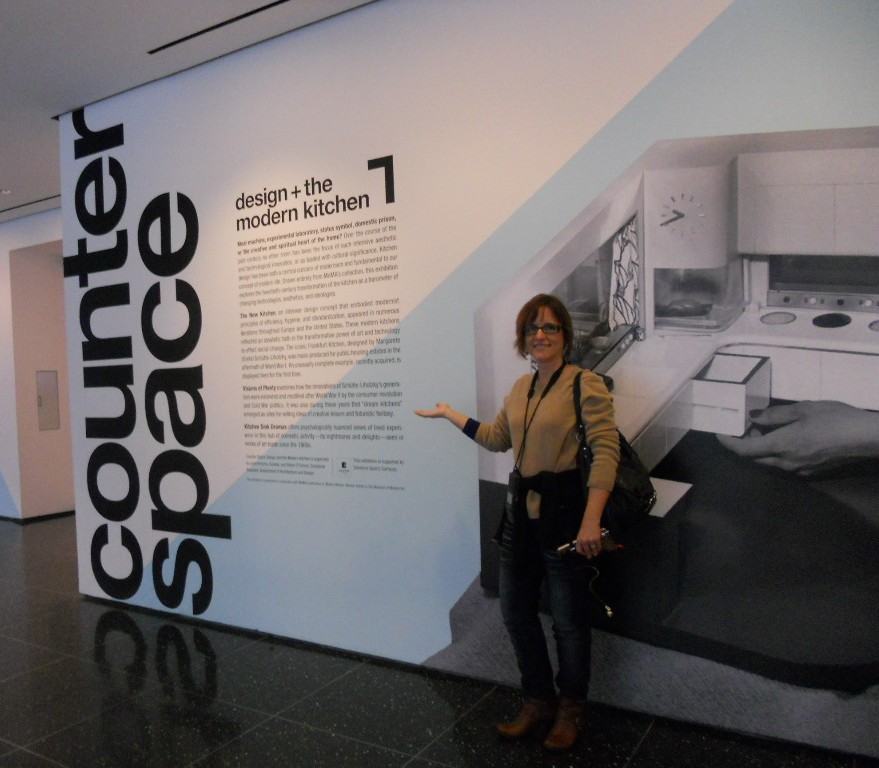 Granted I'm biased, but I have to say that Counter Space: Design and the Modern Kitchen is the most engaging exhibit I have had the pleasure of attending. It opened at the Museum of Modern Art September 15th and closes on March 11th. The thing about this show is that we can all identify and connect with the topic of kitchens. They are an integral part of how we live but we seldom give thought to exactly how they came about. You can find just about all there is to know right here.
Granted I'm biased, but I have to say that Counter Space: Design and the Modern Kitchen is the most engaging exhibit I have had the pleasure of attending. It opened at the Museum of Modern Art September 15th and closes on March 11th. The thing about this show is that we can all identify and connect with the topic of kitchens. They are an integral part of how we live but we seldom give thought to exactly how they came about. You can find just about all there is to know right here.
 The only critique I have is that I wish they would have included commentary post midcentury. The concepts of the kitchen are so dynamic and there is a lot to be said with regard to the last half of the 20th century. Nevertheless, especially for a kitchen professional or enthusiast this is an absorbing and engaging experience. The exhibit is divided into three main segments.
The only critique I have is that I wish they would have included commentary post midcentury. The concepts of the kitchen are so dynamic and there is a lot to be said with regard to the last half of the 20th century. Nevertheless, especially for a kitchen professional or enthusiast this is an absorbing and engaging experience. The exhibit is divided into three main segments.

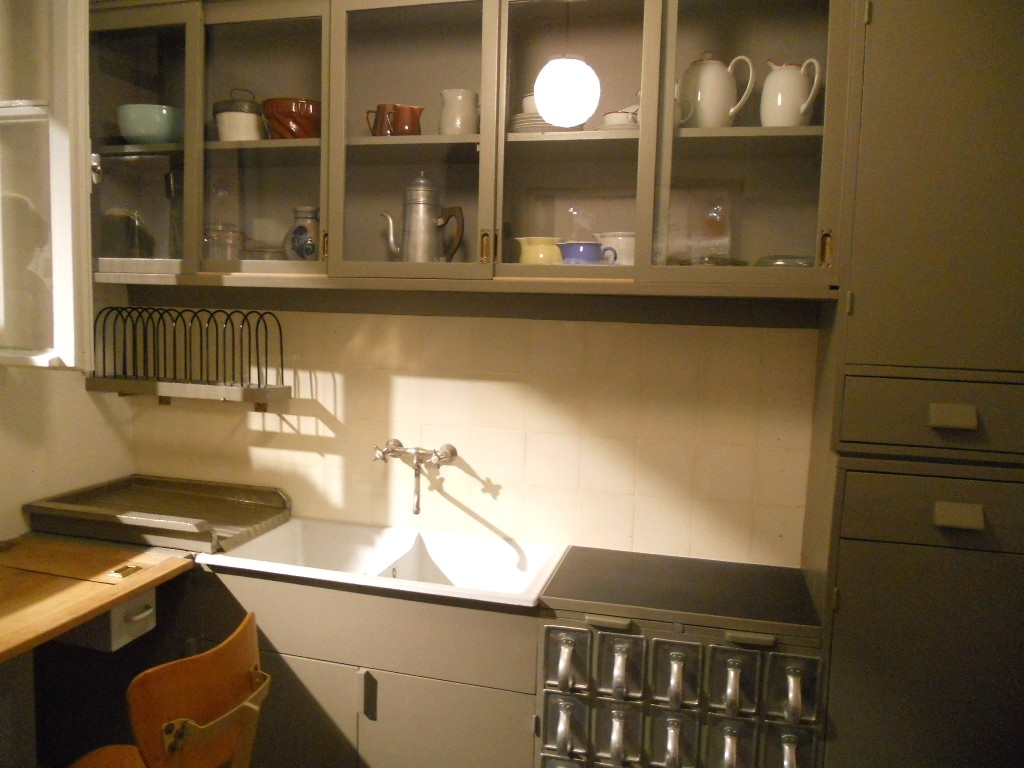 "Toward the Modern Kitchen" examines the early research in efficiency and time management that culminated in the design of the Frankfurt kitchen in 1928 by Margrete Schutte Lihosky. A post World War I housing crisis provided the impetus for such reasearch resulting in what is thought to be the first "modern" kitchen. You can read more about this history on a previous post here. It was believed that by transforming daily life at the level of he kitchen behavioral change and social well being would result. Good old German efficiency and practicality were at the heart of these inventions and it was two women in particular who made the biggest contributions, researcher Christine Frederick, as well as architect Margrete Schutte Lihosky.
"Toward the Modern Kitchen" examines the early research in efficiency and time management that culminated in the design of the Frankfurt kitchen in 1928 by Margrete Schutte Lihosky. A post World War I housing crisis provided the impetus for such reasearch resulting in what is thought to be the first "modern" kitchen. You can read more about this history on a previous post here. It was believed that by transforming daily life at the level of he kitchen behavioral change and social well being would result. Good old German efficiency and practicality were at the heart of these inventions and it was two women in particular who made the biggest contributions, researcher Christine Frederick, as well as architect Margrete Schutte Lihosky.
 The second part of the show is "Visions of Plenty" and deals with the post-war kitchens in America. It was then that the ergonomic considerations begun by Ms. Lihosky were further refined and a standard counter height of 36" was established. This was based on the average height of a woman at the time. Kitchens also began to evolve into living areas at this time and were very influenced by food restrictions brought about by the second world war.In addition myriad everyday objects are on display throughout the show. We never think about where the things we use everyday come from but they have a history and were shaped by our culture and time.
The second part of the show is "Visions of Plenty" and deals with the post-war kitchens in America. It was then that the ergonomic considerations begun by Ms. Lihosky were further refined and a standard counter height of 36" was established. This was based on the average height of a woman at the time. Kitchens also began to evolve into living areas at this time and were very influenced by food restrictions brought about by the second world war.In addition myriad everyday objects are on display throughout the show. We never think about where the things we use everyday come from but they have a history and were shaped by our culture and time.
 The final part of the exhibit is entitled "Kitchen Sink Dramas" which deals with kitchens as they are portrayed in the media as a rich subject for artistic expression.
The final part of the exhibit is entitled "Kitchen Sink Dramas" which deals with kitchens as they are portrayed in the media as a rich subject for artistic expression. If you would like to know more about this exhibit and rich history you can purchase a hard cover edition catalogue of Counter Space produced in conjunction with the exhibit and available by clicking here One final note that I have not seen mentioned is that this show was sponsored by Silestone Quartz Surfaces. I'm headed back home to the drawing board today with visions of tupperware and proto-type kitchens dancing in my head!
If you would like to know more about this exhibit and rich history you can purchase a hard cover edition catalogue of Counter Space produced in conjunction with the exhibit and available by clicking here One final note that I have not seen mentioned is that this show was sponsored by Silestone Quartz Surfaces. I'm headed back home to the drawing board today with visions of tupperware and proto-type kitchens dancing in my head!














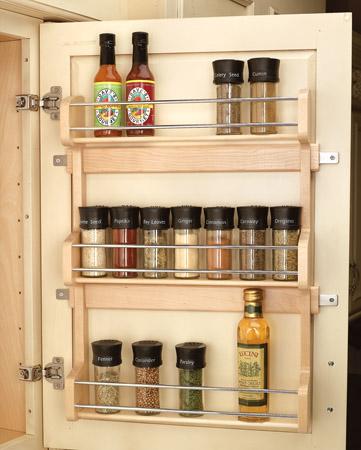
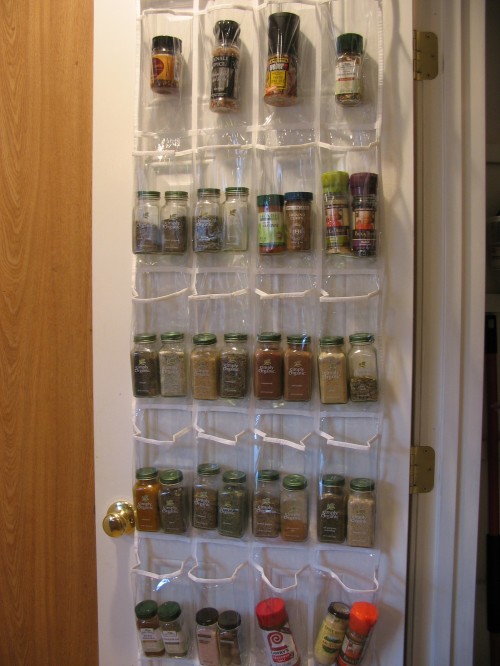
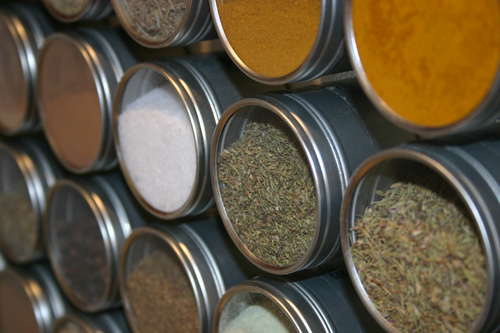

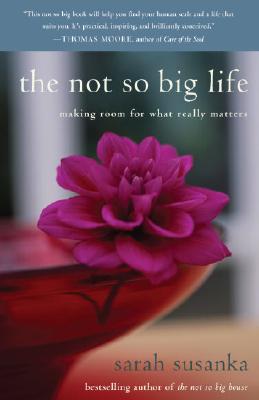
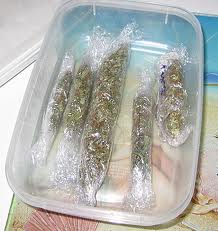


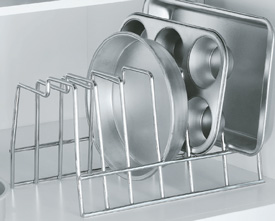






 . If you're looking for some green alternatives Holiday Kitchens is a great resource for cabinets!
. If you're looking for some green alternatives Holiday Kitchens is a great resource for cabinets!